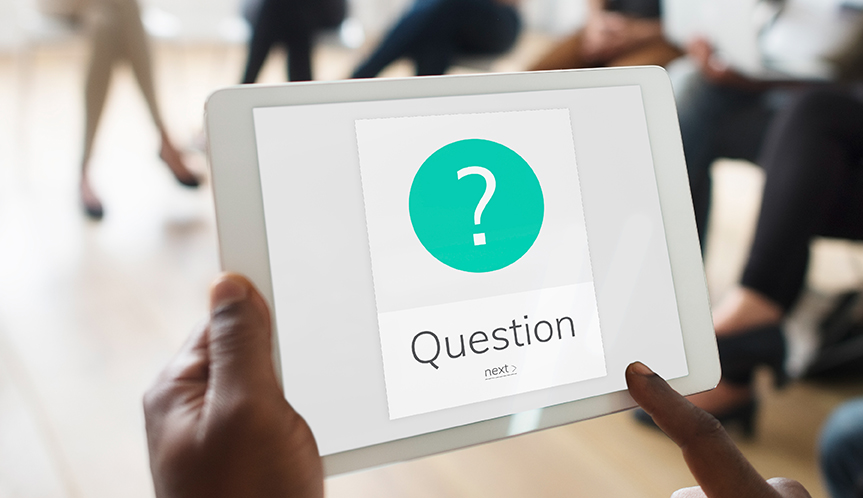
How to Foster Effective Class Communication
November 29, 2023Welcome, trailblazers of the educational frontier! Prepare to embark on a thrilling odyssey through the labyrinth of academia, where the mundane is left at the door, and the extraordinary takes center stage. Buckle up, because this blog isn’t your run-of-the-mill discourse on effective class communication; it’s a pulsating expedition into the heart of pedagogical wizardry.
Imagine transforming your classroom into a stage where every word uttered is a spellbinding incantation, and each gesture is a choreographed dance of inspiration. We’re not here to discuss monotone lectures and lackluster interactions; we’re diving headfirst into the realm where communication isn’t just a tool—it’s the electrifying current that powers the engine of learning.
Get ready for a rollercoaster ride through strategies that defy convention, spark engagement, and turn your classroom into a haven of excitement. From decoding the art of animated storytelling to unleashing the magic of interactive discussions, we’re about to unravel the secrets that make class communication an adventure rather than a chore. So, fasten your seatbelts, dear educators, for we are on the cusp of a transformative journey where the ordinary is banished, and the extraordinary becomes the new norm.
Unlocking the Power of Effective Class Communication: Strategies for Success:
1. Establish Open Channels of Class Communication:
Creating an open and welcoming space for communication is crucial. Encourage students to ask questions, express their opinions, and share their ideas. Utilize various platforms, such as email, online discussion boards, and even dedicated class chat groups, to facilitate ongoing conversations outside the classroom.
2. Active Listening:
Effective communication is a two-way process. Encourage students to actively listen to one another during class discussions and group activities. This not only enhances understanding but also promotes empathy and respect within the learning community.
3. Foster Collaborative Learning:
Encouraging collaboration among students is a powerful way to enhance class communication. Assign group projects, discussions, and problem-solving tasks that require students to work together and share ideas. This fosters a sense of community within the classroom while promoting effective communication and teamwork skills.
4. Utilize Technology:
Embrace the power of technology to facilitate class communication. Explore interactive online platforms, online quiz makers and learning management systems that offer features like online discussions, polls, and shared documents. These tools not only encourage participation but also make class communication more accessible and engaging for students.
5. Provide Timely and Constructive Feedback:
Feedback plays a crucial role in effective communication. Provide timely and constructive feedback to students, both individually and collectively, highlighting their strengths and areas for improvement. This online teaching strategy not only helps students track their progress but also emphasizes the value of communication as a tool for learning and growth.
6. Encourage Non-Verbal Communication:
While verbal communication is important, non-verbal cues can also enhance class communication. Encourage students to utilize body language, visual aids, and expressive gestures during presentations and discussions. This allows for a more holistic and engaging form of communication.
7. Create a Safe and Inclusive Environment:
To foster effective class communication, focus on creating a safe and inclusive environment. Encourage respect for diverse perspectives, opinions, and ideas. Implement ground rules that promote active listening, empathy, and constructive feedback. This will help students feel comfortable expressing themselves, leading to more open and meaningful communication.
8. Emphasize Reflection and Self-Assessment:
Allocate time for students to reflect on their communication skills and assess their progress. Integrating self-assessment and reflection activities helps students identify their strengths, weaknesses, and areas for growth. Encouraging students to set personal communication goals and work towards them can significantly improve their overall class communication.
The Impact of Effective Class Communication:
Student engagement is another critical factor that profoundly impacts the learning process. It involves and motivates students in their learning, and encourages them to actively participate, internalize, understand, and implement their learning in real-life situations. Importantly, a highly engaged classroom results in better academic performance and improved learning outcomes.
• Enhanced Learning:
Engaged students are more attentive, eager to learn, ask questions, and delve deeper into topics, leading to a comprehensive understanding and superior knowledge retention.
• Improved Performance:
Research consistently shows that engaged students are more likely to perform well on standardized tests. They’re also more likely to develop a lifelong love for learning and pursue higher education.
• Development of Skills:
Engaged learning can help students develop various skills such as critical thinking, problem-solving, creativity, teamwork, and communication skills. These skills are essential for both personal and professional success in the 21st-century world.
• Personal Growth:
Engagement in learning can also bolster personal growth. It can help nurture resilience, determination, organization, and time-management skills in students.
• Positive Environment:
Finally, active student engagement helps foster a positive, enriching, challenging, yet rewarding classroom environment that can shape the overall learning experience for all involved.
Conclusion:
In the dynamic tapestry of education, effective class communication isn’t a suggestion; it’s the unwavering command of pedagogical excellence. As we conclude this odyssey through transformative strategies, understand this: your communication isn’t just a conduit; it’s the spark that ignites intellectual fervor. So, don the mantle of educational leadership with unapologetic flair. These strategies aren’t mere tools; they are the instruments of a virtuoso educator. As you step into your classroom, let your communication resonate with the echoes of authority, leaving an indelible imprint on the eager minds before you. The stage is set maestro – now, conduct a symphony of inspiration that reverberates through the corridors of knowledge.





